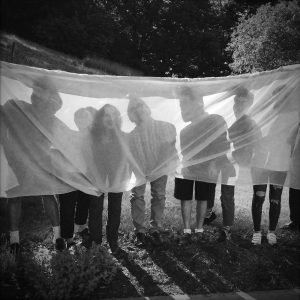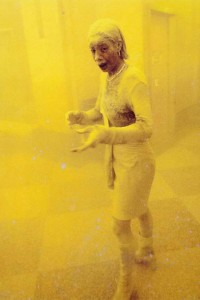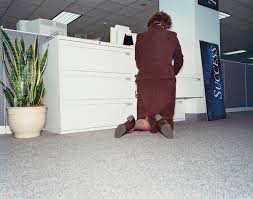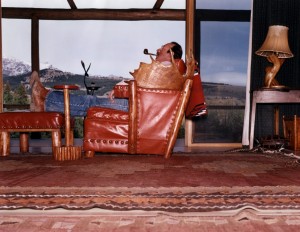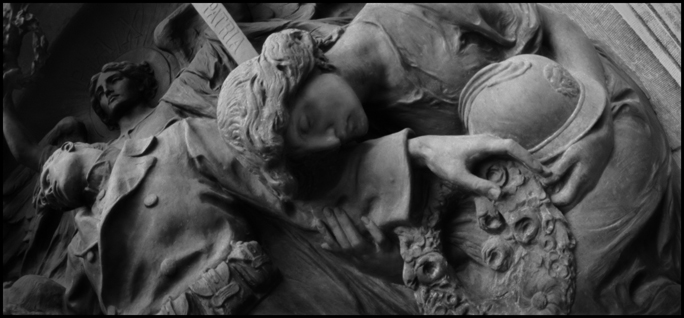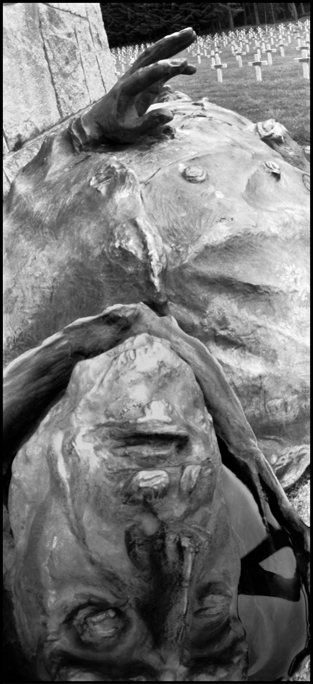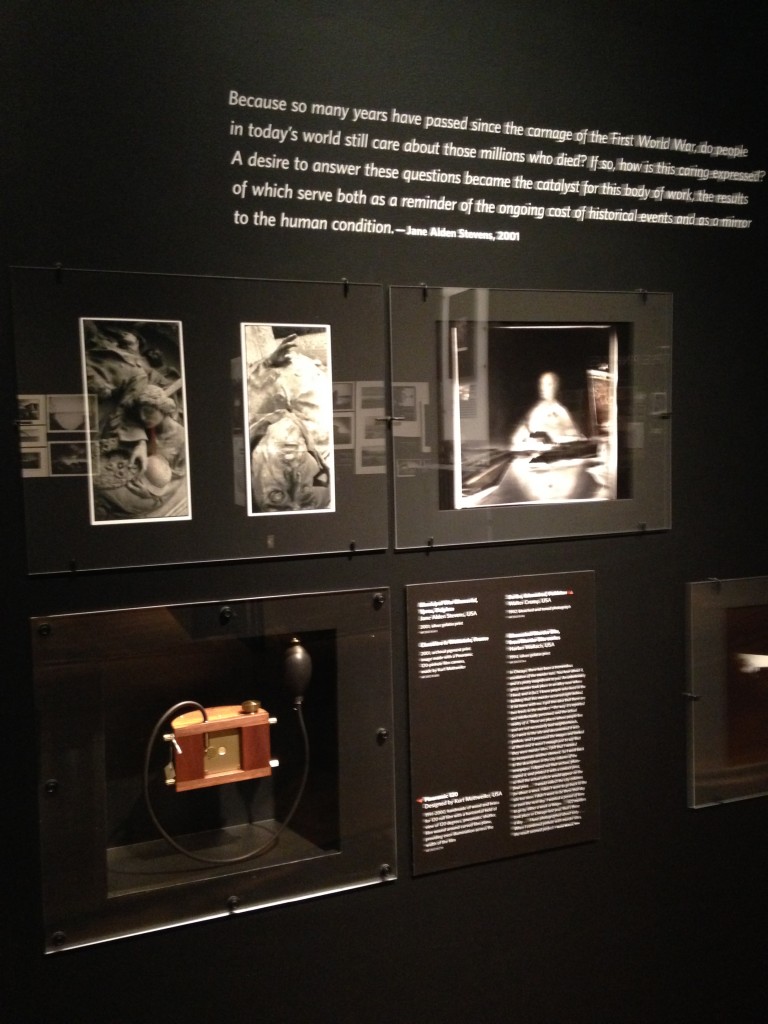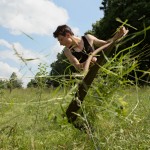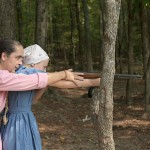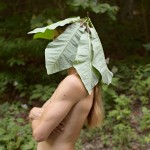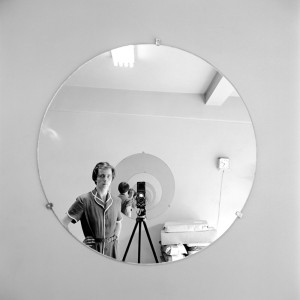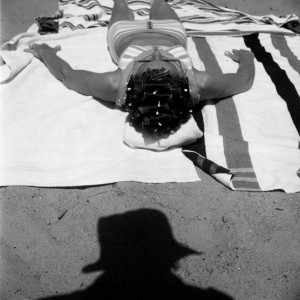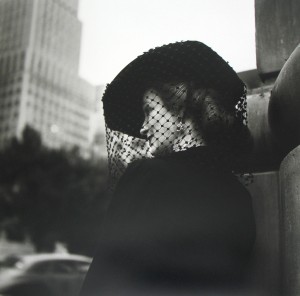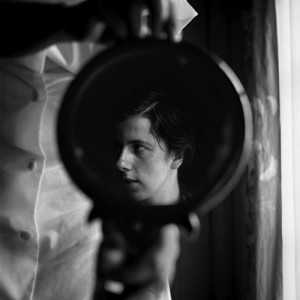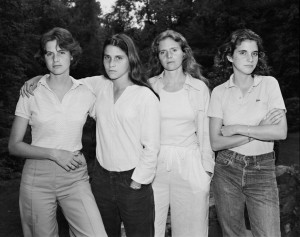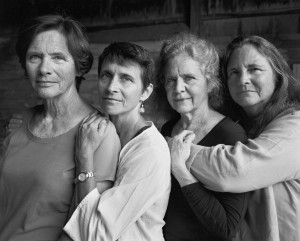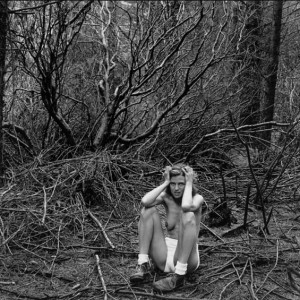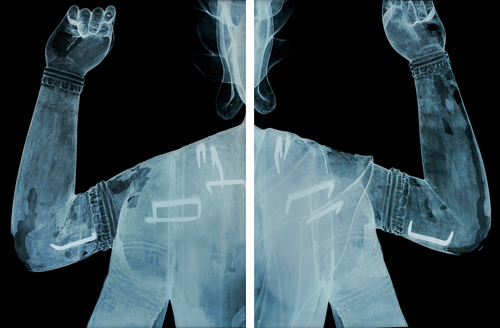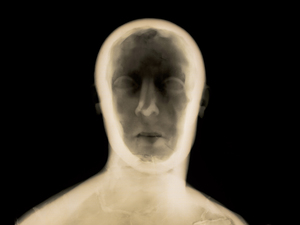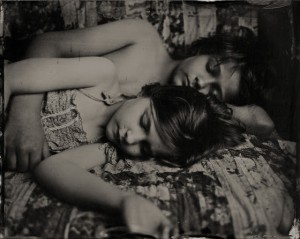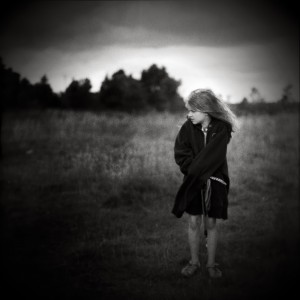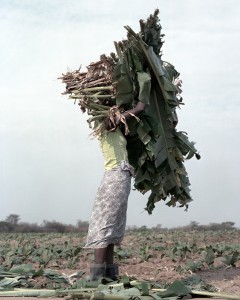There are a many thoughtful photographers out there who speak eloquently about their work and photography in general, but few are as inspiring as Jerry Uelsmann and Duane Michals. (I could list more, like Kip Fulbeck, for instance, but will limit myself for now.) Last month I attended the Society for Photographic Education's national conference, where 82-year old Uelsmann was a featured speaker. Here are a few of the more memorable things he said:
"I asked an historian, "What IS history?", and he answered, "History amounts to those things that you choose to remember."
"The camera is a license to explore."
"The viewer always completes the image."
"Art is one of those areas where there is more than one right answer."
"Once you think you know everything, the questioning stops."
And perhaps my favorite: "I don't want this presentation to be a snore-fest with yawn-sauce on the side."
Michals, who is now 85, was equally entertaining and challenging when I heard him speak at the Cincinnati Art Museum in 2000. Here are some of his most memorable lines:
"Do not try to be perfect, please. Perfect is boring. Your humanity lies in your vulnerability."
"Pay attention to your mind. You put crap in your mind, you get crap in your life. You put good things in your mind, you get good things in your life."
"I think about thinking."
"Don't come crying to me because nothing happened. Nothing happened because you didn't make it happen."
"You have 2 choices in life: doing and bullshit. Don't tell me what you are going to do. Show me what you have done."
"Guess when you were born? You were born now."
When golfer Arnold Palmer died in 2016, it was written of him, "People loved him because, in a world of sullen superstars, Palmer radiated joy and delight in the treasures of his life... He had a wonderful time being Arnold Palmer and squeezed every drop of juice from the experience." The same can be said about Uelsmann and Michals, both giants of 20th century photography.






